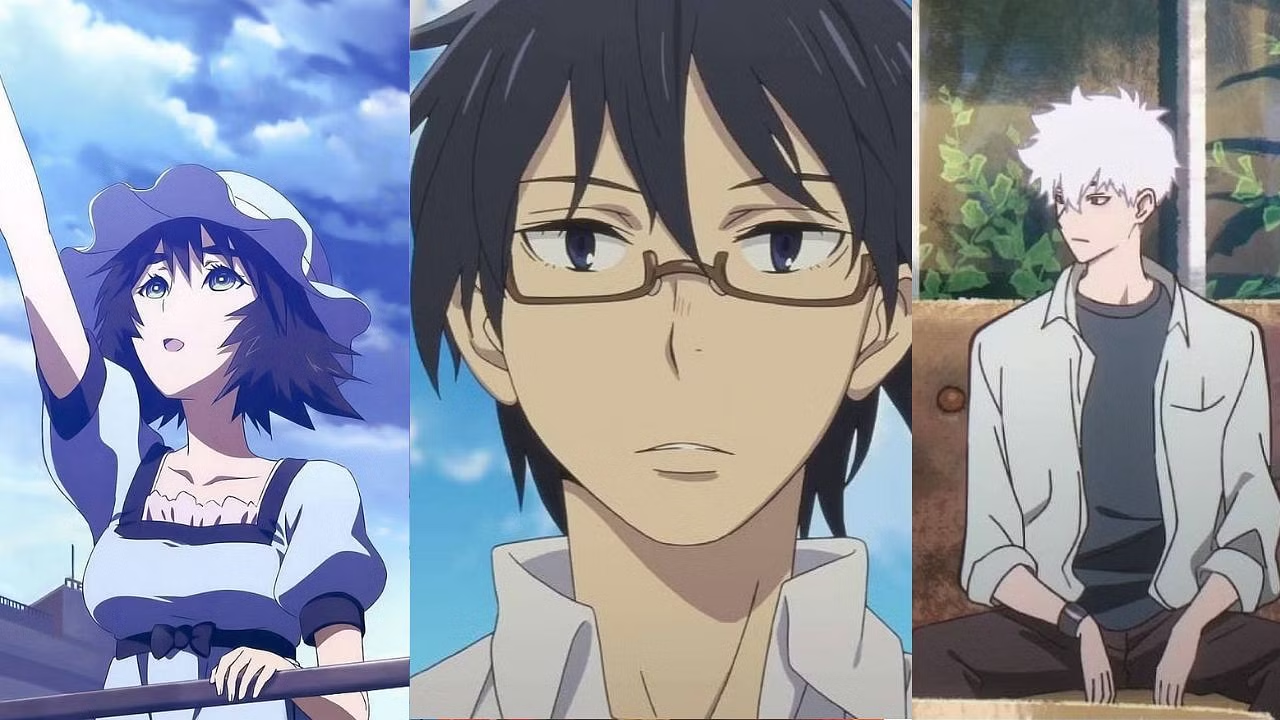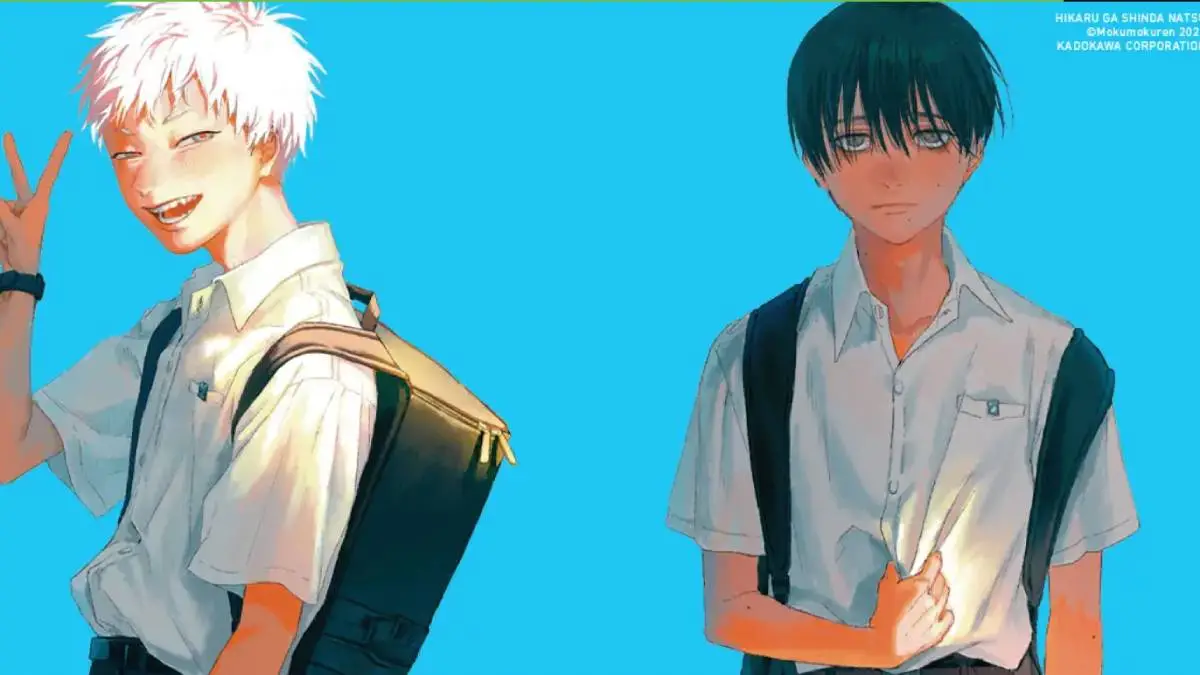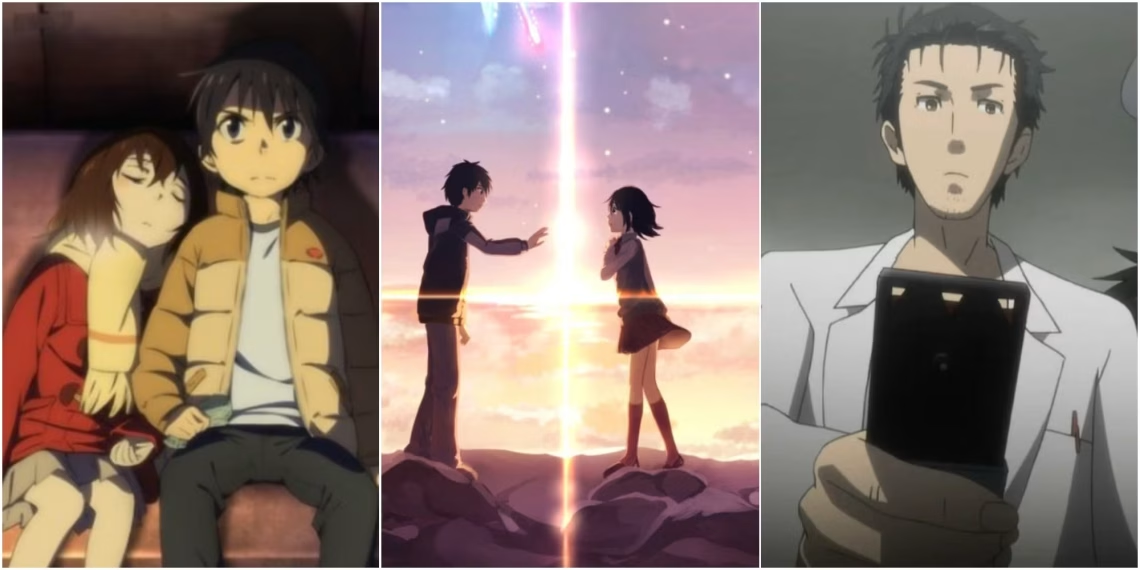Time travel has long fascinated storytellers, leading to diverse interpretations across cultures. In Japanese anime and manga, creators often embrace intricate, character-driven tales that explore the philosophical and emotional ramifications of time manipulation.
Conversely, Hollywood frequently focuses on action-packed plots, emphasizing the mechanics and external consequences of time travel.
This article examines how these differing approaches manifest in storytelling methods, highlighting the unique narrative techniques employed by each medium.
Narrative Complexity and Character Focus in Anime and Manga

Anime and manga often go into the personal experiences of characters navigating time travel. Series like “Steins;Gate” intricately weave scientific theories with deep character development, presenting time travel as a catalyst for personal growth and ethical dilemmas. This focus allows for a nuanced exploration of how altering time impacts individual lives and relationships.
In “The Girl Who Leapt Through Time,” the protagonist’s repeated time jumps lead to introspection and a deeper understanding of her desires and regrets. Such narratives prioritize emotional resonance, using time travel as a means to explore human nature and the consequences of one’s choices.
Action-Driven Plots and External Conflicts in Hollywood

Hollywood films often approach time travel with an emphasis on external conflict and plot-driven narratives. Movies like “Back to the Future” and “The Terminator” center on preventing catastrophic events or altering significant historical moments. The protagonists’ journeys are filled with high-stakes action, where the mechanics of time travel serve as a backdrop for thrilling adventures.
These stories frequently highlight the ripple effects of changing the past or future, focusing on the broader implications for society rather than individual introspection. The narrative drive is propelled by the urgency to correct timelines and avert disasters, often sidelining deeper philosophical inquiries.
Cultural Influences on Storytelling Approaches

The divergent storytelling methods in anime, manga, and Hollywood can be attributed to cultural perspectives. Japanese narratives often emphasize introspection, ambiguity, and the acceptance of complex emotions, leading to time travel stories that are contemplative and character-centric.
In contrast, Western storytelling, particularly in Hollywood, tends to prioritize clear resolutions, action, and the triumph of individuals over adversity. This results in time travel narratives that are plot-focused, with a clear delineation between good and evil, and a focus on external challenges.
Conclusion
While both anime, manga, and Hollywood explore the concept of time travel, their storytelling methods differ significantly. Anime and manga offer introspective, character-driven tales that ponder the ethical and emotional dimensions of time manipulation.
Hollywood, on the other hand, delivers action-oriented narratives that emphasize external conflicts and the mechanics of altering timelines. These contrasting approaches provide audiences with a rich of time travel stories, each reflecting their cultural origins and narrative priorities.


















